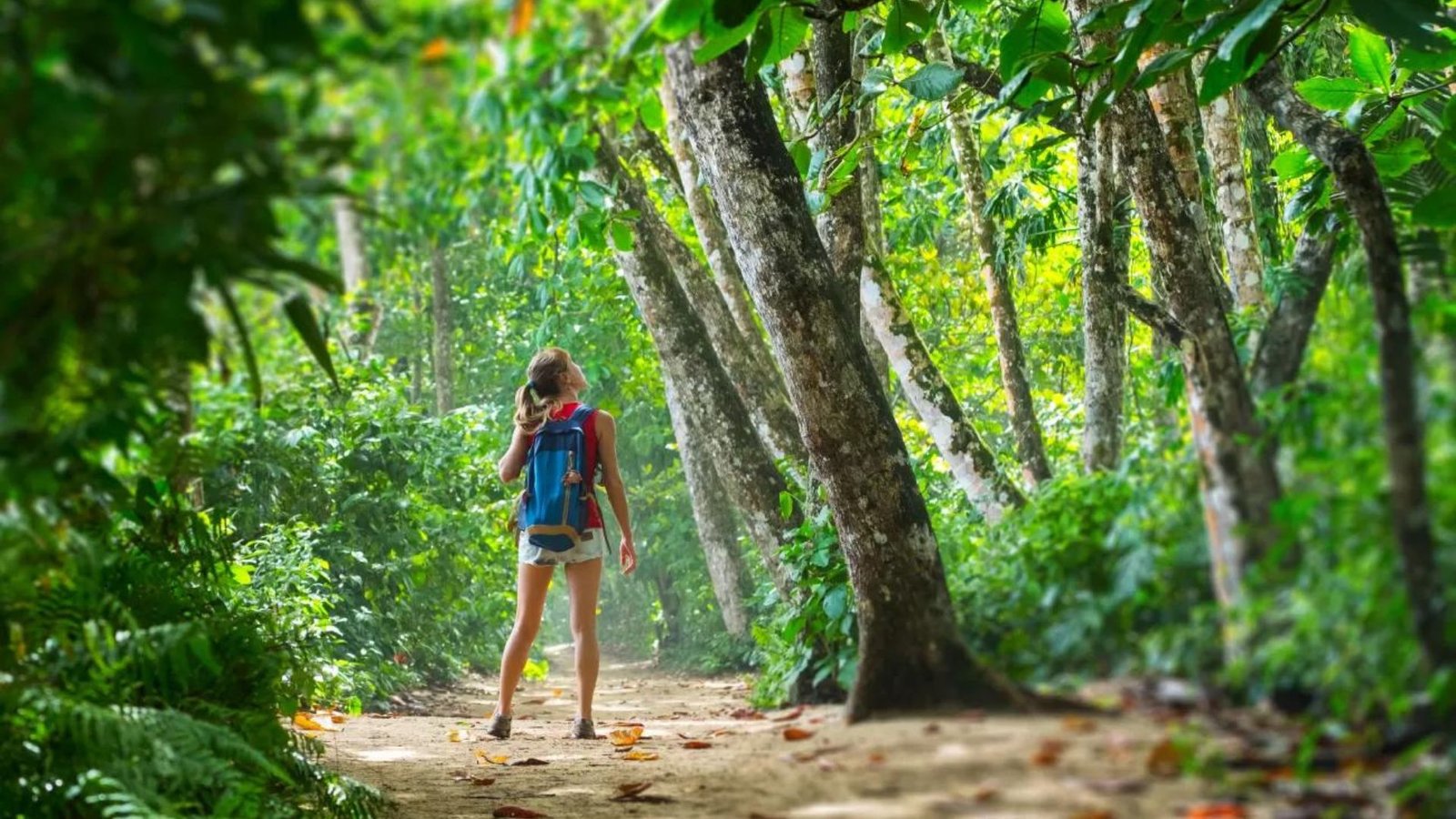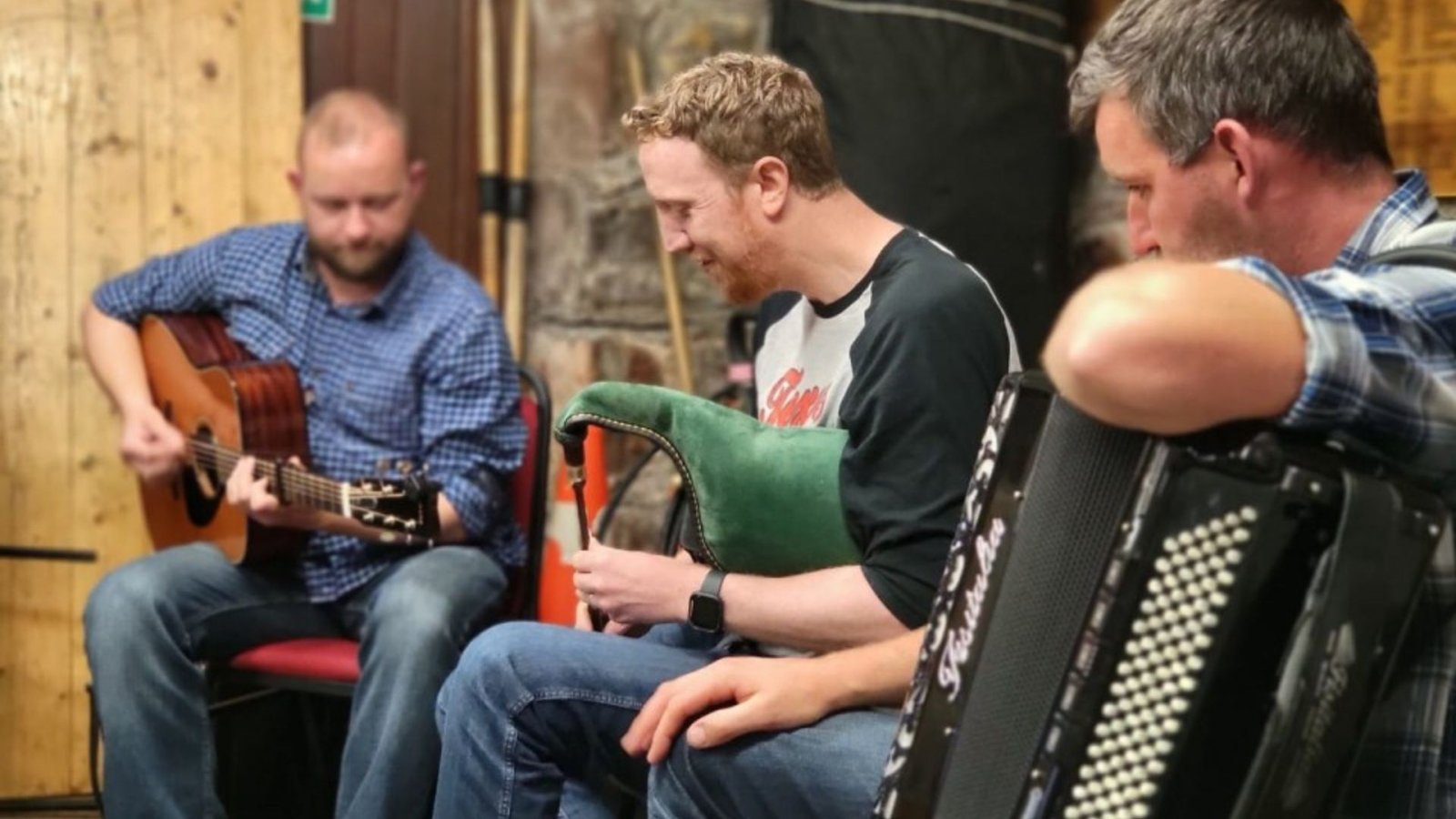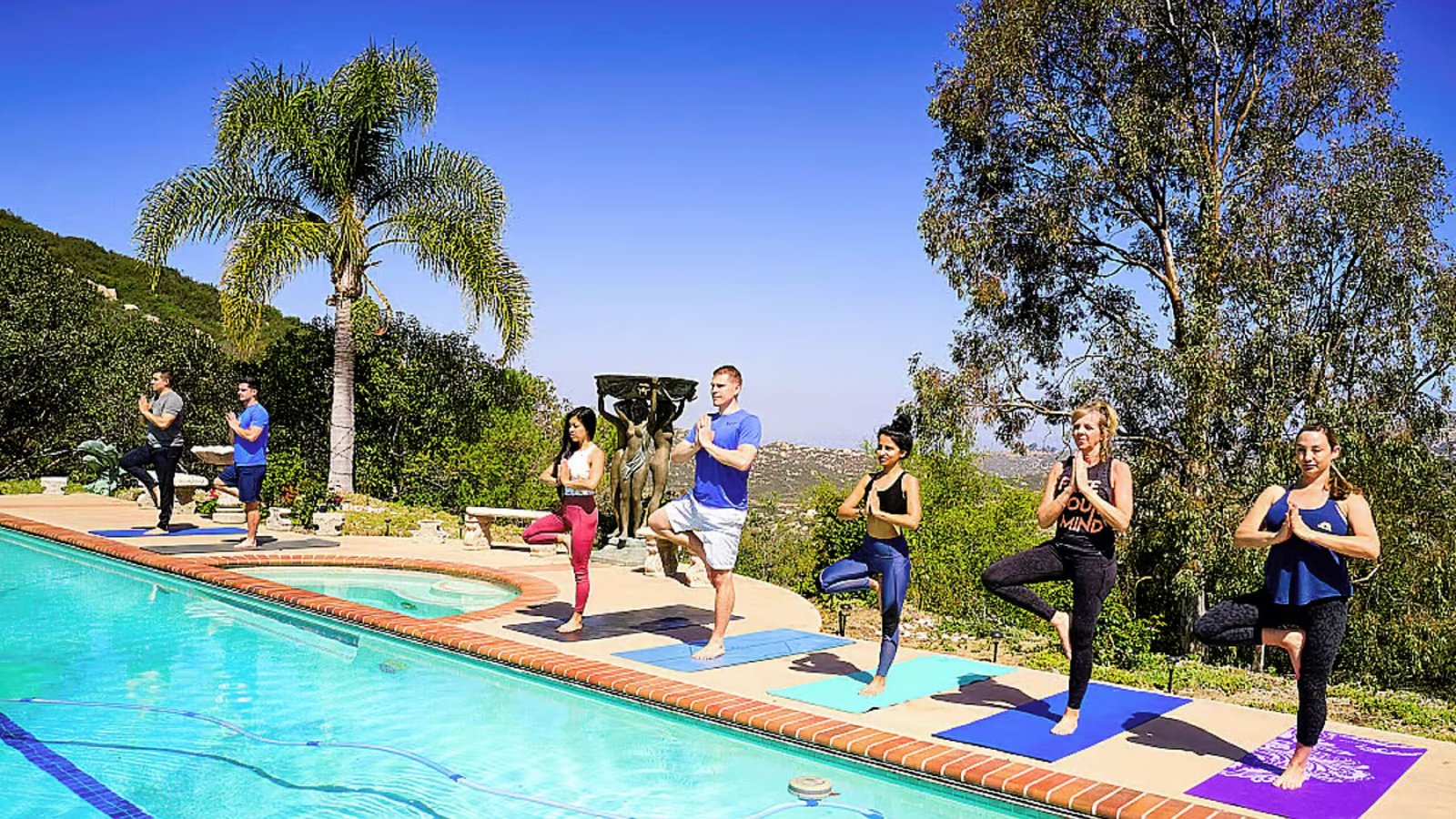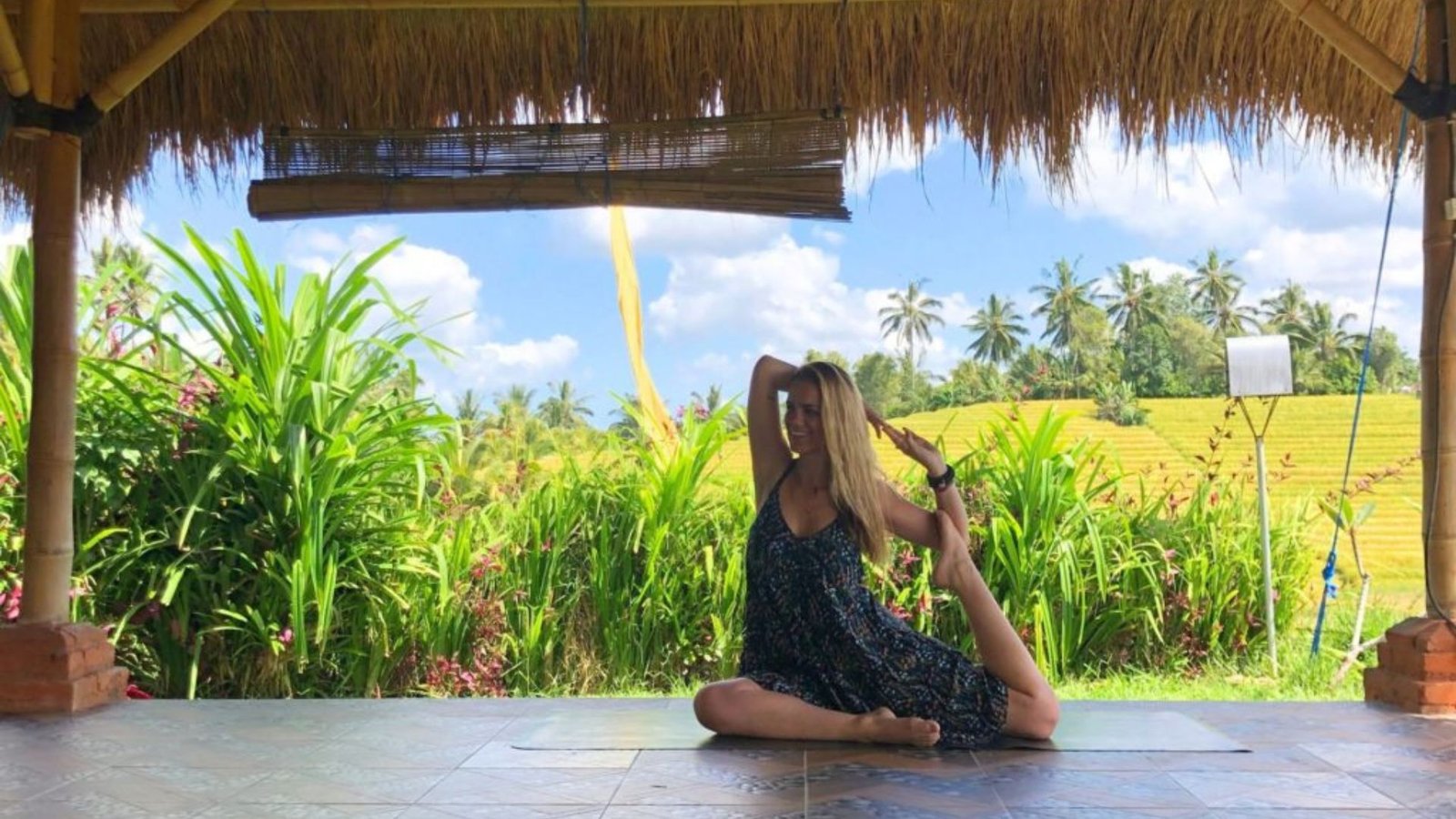Tours to Explore Ancient Forests: A Natural Wonder Awaits
Ancient forests hold a timeless allure, offering breathtaking landscapes, diverse flora and fauna, and a sense of tranquillity. Discovering these natural wonders through self-guided tours allows you to immerse yourself fully in their beauty and history. Let’s give you ways to explore ancient forests.
What Makes Ancient Forests Special?
These forests have been largely undisturbed by human activity for centuries, preserving unique biodiversity and ecosystems.

Choosing the Right Destination
Selecting a destination known for its ancient forests is crucial. Look for renowned locations such as the Amazon Rainforest, the Redwood National and State Parks, or the Białowieża Forest. Each offers distinct experiences and opportunities for exploration.
Researching Trails and Routes
Before embarking on your self-guided tour, research available trails and routes. Identify trail lengths, difficulty levels, and points of interest along the way. Ensure the trails are suitable for self-guided exploration.
Understanding the Flora and Fauna
Take time to learn about the flora and fauna of the ancient forest you plan to visit. Many of these forests are home to rare and endangered species. Understanding their habitats and behaviours enhances your experience and promotes responsible tourism.
Packing Essentials for Your Journey
Pack essential gear such as sturdy hiking boots, weather-appropriate clothing, a map or GPS device, water, snacks, and a first aid kit. Prepare for varying weather conditions and remote environments typical of ancient forests.
Respecting Conservation Efforts
Support conservation efforts by adhering to park regulations and guidelines. Stay on designated trails to minimize impact on sensitive habitats. Avoid disturbing wildlife and adhere to the principles of Leave No Trace.
Engaging with Interpretive Signage
Take advantage of interpretive signage along the trails. These signs provide valuable information about the forest’s history, ecology, and conservation efforts. They enrich your understanding and appreciation of the ancient forest.
Birdwatching and Wildlife Observation
Many ancient forests are havens for birdwatching and wildlife observation. Bring binoculars and a camera to capture sightings of rare birds, mammals, and other wildlife species in their natural habitats.
Camping and Accommodation Options
Explore camping and accommodation options within or near the ancient forest. Camping allows you to immerse yourself fully in the forest’s ambience, while nearby lodges or cabins offer comfort after a day of exploration.
Guided Tours vs. Self-Guided Tours
Consider the advantages of self-guided tours over guided tours. Self-guided tours provide flexibility in pacing and exploration, allowing you to delve deeper into areas of personal interest within the ancient forest.
Photography Tips and Techniques
Capture the essence of the ancient forest through photography. Experiment with lighting, composition, and natural elements to create stunning images that reflect the forest’s majesty and serenity.
Seasonal Considerations
Be mindful of seasonal changes when planning your visit. Each season offers unique experiences in ancient forests, from vibrant foliage in autumn to blooming flowers in spring. Plan accordingly to witness nature’s cycles.
Connecting with Local Culture and History
Learn about the indigenous peoples or local communities connected to the ancient forest. Understand their cultural significance and ongoing efforts to preserve traditional knowledge and sustainable practices.
Reflecting on Your Experience
Take time to reflect on your journey through the ancient forest. Consider how the experience has deepened your appreciation for nature’s beauty, biodiversity, and the importance of conservation efforts.
Conclusion
Exploring ancient forests through self-guided tours offers an enriching experience that connects you with nature’s wonders. By planning thoughtfully, respecting conservation efforts, and embracing the serenity of these natural havens, you contribute to their preservation for future generations to enjoy.



















